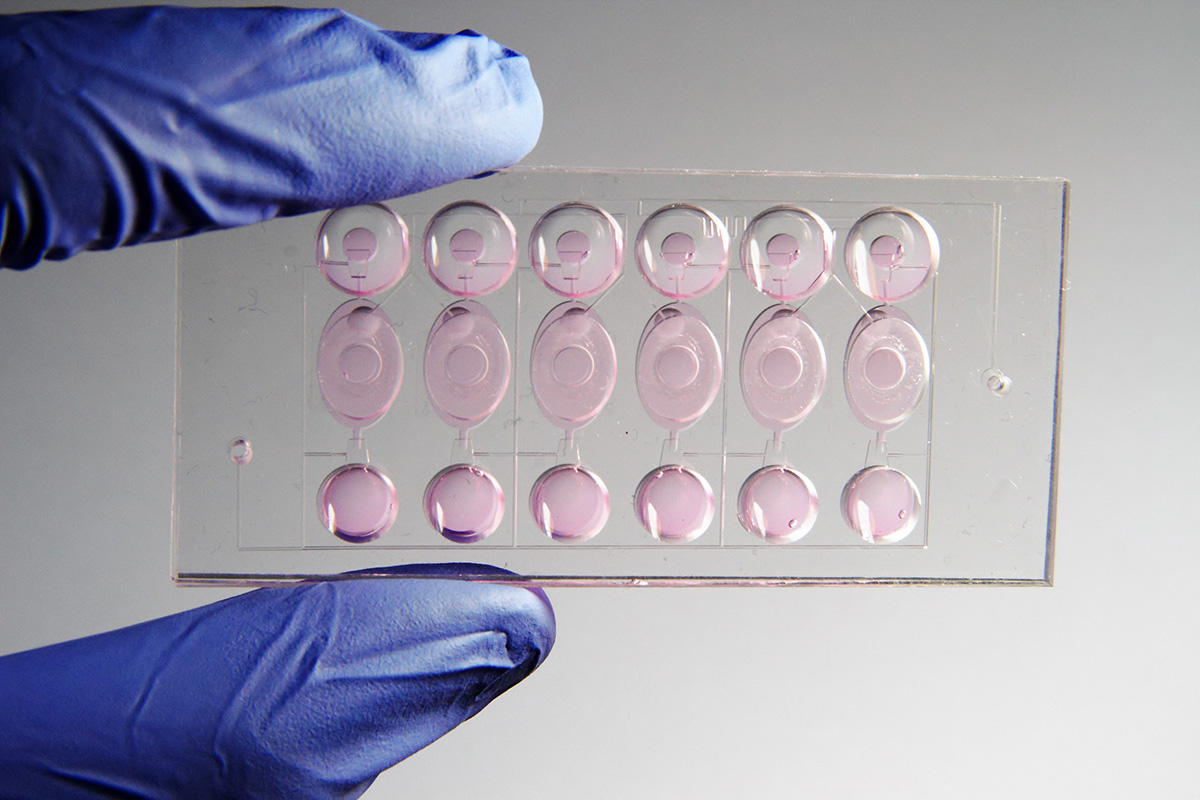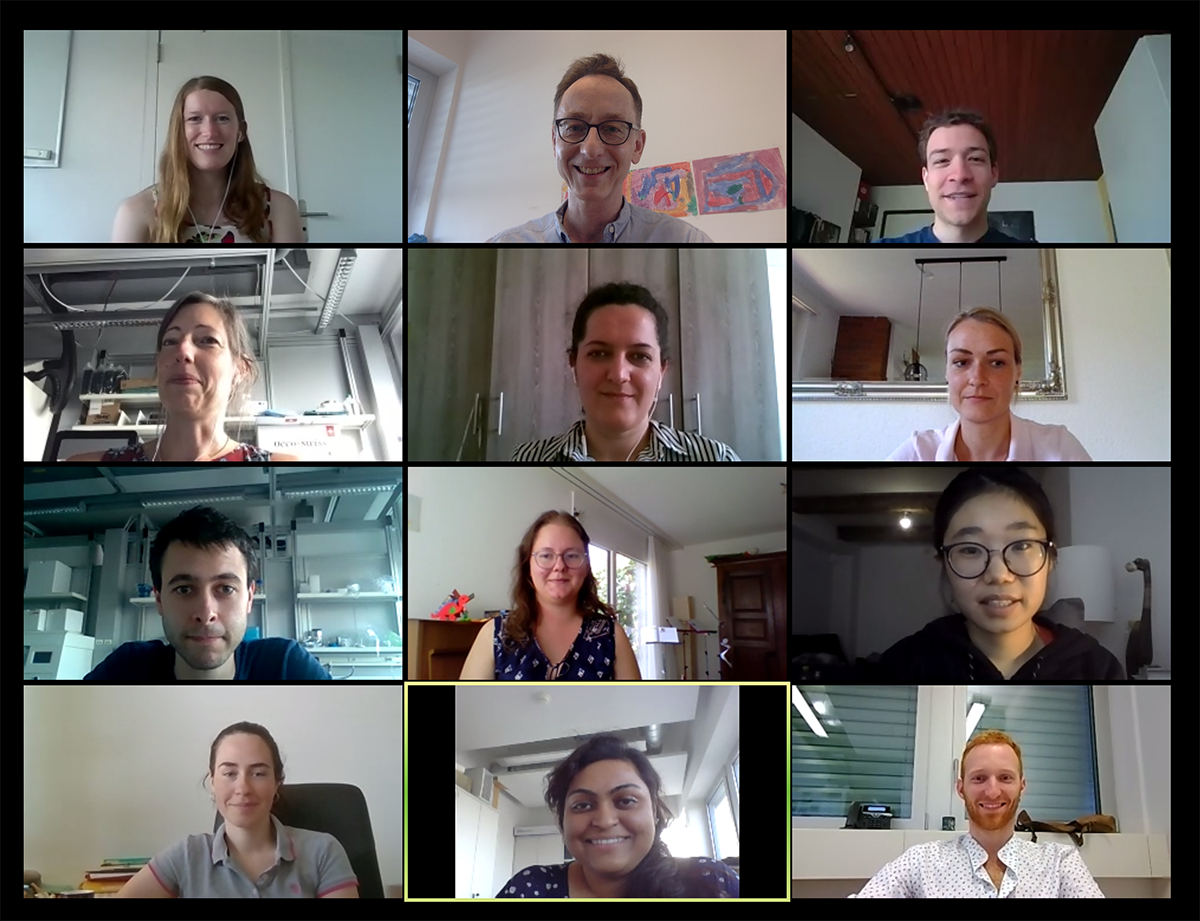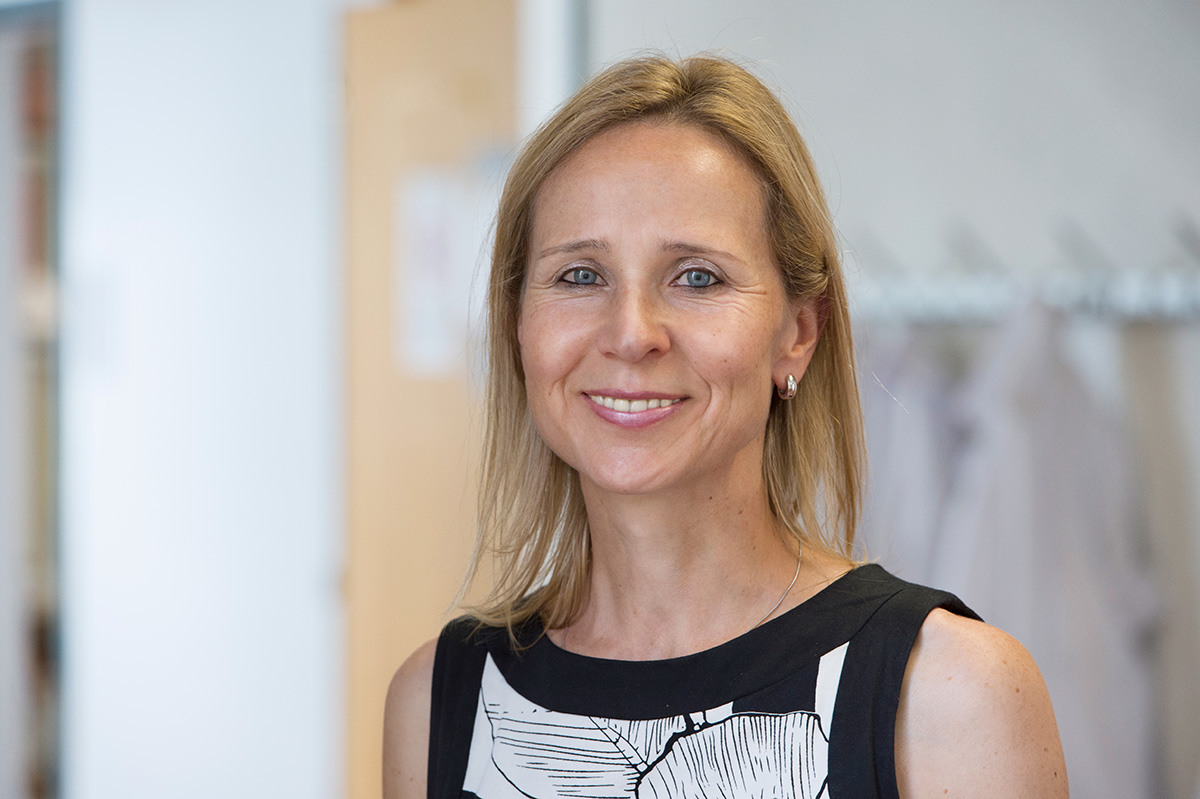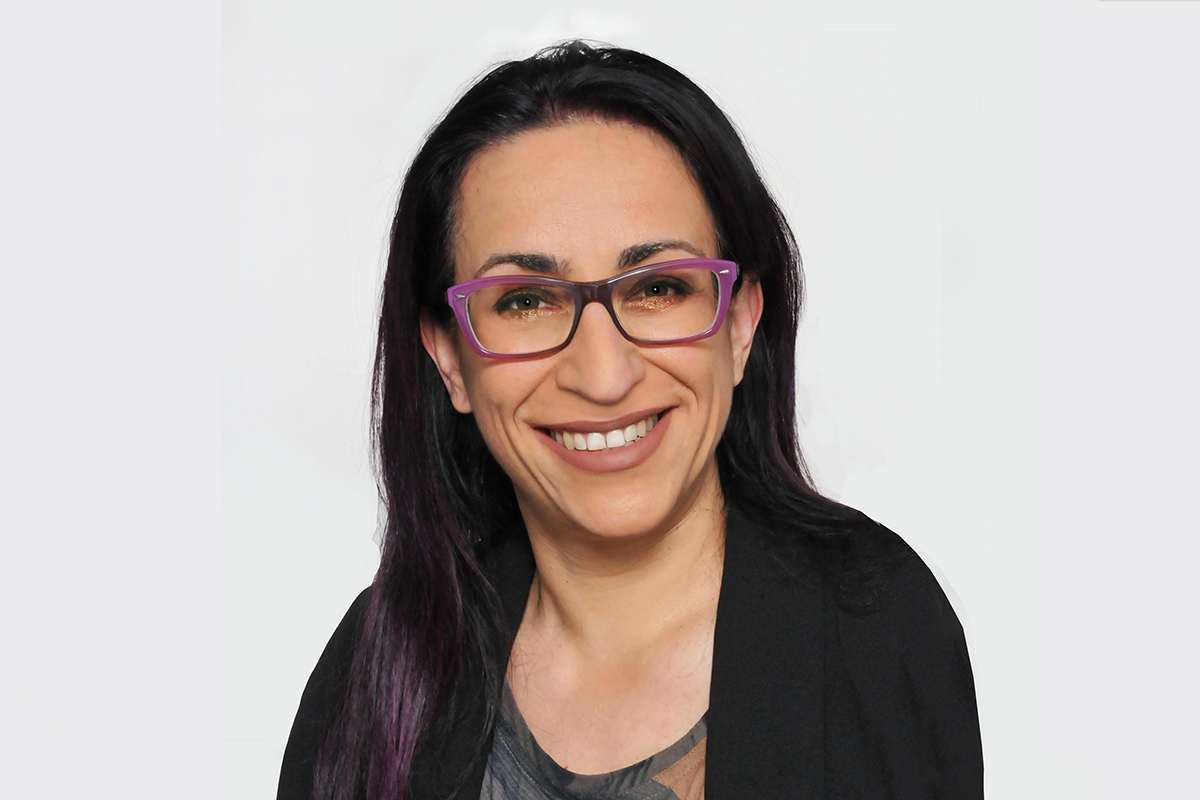Push for non-animal methods
No less than three research groups at the University of Bern receive funding from the Swiss 3R Competence Centre (3RCC) for innovative projects that aim to replace animal experiments. In order to study cancer, idiopathic pulmonary fibrosis and drug transfer between mother and fetus, human patient cells are cultivated in the laboratory.
The Swiss 3R Competence Centre (3RCC) will this year support four projects with a total of CHF 1.3 million. Three of these are located at the University of Bern, one at ETH Zurich. This was announced by the 3RCC on 1 July. The Swiss 3R Competence Centre promotes the so-called 3R principles (Replace, Reduce, Refine) - i.e. efforts to replace animal experiments with alternative methods whenever possible, to reduce the number of animals used in experiments and to keep the distress to the animals as low as possible. "We have been actively implementing the 3Rs principles in our research for a long time and are promoting corresponding projects," emphasizes Daniel Candinas, Vice Rector Research at the University of Bern – this is now also reflected in the current grants.
All three Bernese projects pursue the goal of replacing animal experiments with cell cultures in specific, suitable areas. In this way scientists at the ARTORG Center for Biomedical Engineering Research and the Inselspital are cultivating human lung cells on a chip, while researchers at the Department for BioMedical Research (DBMR) want to develop three-dimensional cell structures (organoids) to study tumor growth. Finally, a research group at the Institute of Biochemistry and Molecular Medicine (IBMM) is developing a cell model to study how drugs can be transferred from mother to child during pregnancy.

The lung on a microchip
Cultivating human lung cells as a so-called "organ-on-a-chip", a new generation of in vitro model: this is the goal of Olivier Guenat (ARTORG) and Thomas Geiser (Department of Pneumology, Inselspital). They plan to develop a new model for idiopathic pulmonary fibrosis (IPF), a fatal lung disease that results in the scarring of the lungs. In the standard model to study lung fibrosis inflammation and fibrosis is triggered in the lungs of mice. But many promising drug candidates successfully tested in these preclinical models have failed when tested in humans.
"The two species vary widely in their physiology and in their response to pulmonary drugs," explains Guenat. "In humans, idiopathic pulmonary fibrosis is a progressive disease, whereas in mice it is chemically induced and reversible. So, we cannot easily transfer test results from one to another."
ARTORG's lung-on-chip technology uses patient cells cultivated on a microchip to generate relevant clinical information about the fibrotic process. This will allow researchers and clinicians to test experimental drugs and optimize existing treatments in a more patient-relevant and personalized way. "Our research contributes to advancing non-animal models and at the same time to providing each patient with the best possible therapy," says Guenat.

Cells from placenta and umbilical cord
Can drugs that a mother takes during pregnancy damage her unborn child? A so-called cell-based perfusion model will in future be able to answer this question. It is being developed by Christiane Albrecht from the Institute of Biochemistry and Molecular Medicine (IBMM) at the University of Bern together with colleagues from the Charles University in the Czech Republic and Curio Biotech SA.
Specifically, the researchers create a three-dimensional system from cells of the mother's placenta and the child's umbilical vein. These cells obtained directly from the patients are more relevant for the human body than immortalized cells multiplied in cell cultures, which are usually used in this type of research, or the animal model. The new method should make it possible to test cost-effectively, quickly and safely whether new drugs can reach the fetus and have any toxic effects on the unborn child.

«In the currently applied drug screening approaches several hundreds of animals per drug are used to investigate potentially toxic effects on the developing fetus," explains Christiane Albrecht. "A reproducible and validated human cell-based model, which is approved by the regulatory agencies, may serve as a primary screening model in the future. Thereby the use of numerous animals will be prevented, and the overt limitations of animal models will be overcome.»
Three-dimensional cell structures
How do tumors grow, respond to drugs and develop resistance to therapies? Marianna Kruithof-de Julio and Mark Rubin from the Department for BioMedical Research (DBMR) at the University of Bern want to answer these questions with the help of so-called organoids. They will use the 3RCC grant money to cultivate these small three-dimensional cell structures.
Organoids are microstructures obtained from the tissue of patients suffering from bladder and prostate cancer. The researchers want to optimize and standardize procedures to create consistent, reproducible and robust patient-specific organoids.
«In our precision oncology program, we want to understand why some patients will not respond to a certain cancer therapy,» explains Kruithof-de Julio. «This therapy resistance and patient diversity cannot easily be mimicked in cell lines and in animal models.»

The organoid group at the University of Bern will produce stable patient-own organoids, which will be made available to researchers in a biobank and should help them to develop new treatment approaches against cancer.
«This project will change the way we study tumor resistance," says Kruithof-de Julio. "We want to contribute to overcoming one of the biggest hurdles in cancer therapy and at the same time replace animal models in this field.»
To the Media Release
ABOUT THE PROJECTS
ABOUT ANIMAL TESTING AND THE 3R PRINCIPLES
In Switzerland, animal experiments are limited to the absolute minimum in accordance with the Animal Protection Act: they may only be carried out if no suitable alternative method is known with which the desired goal can also be achieved. Researchers must justify each animal experiment and prove that the benefit society derives from the planned animal experiment justifies the distress to the animals during the experiment. This so-called balancing of interests is a central element in the authorization procedure.
The 3Rs principle comprises three tools that enable the maximum protection of animals used in experiments without diminishing the conclusiveness of scientific research:
- Replace: Applying methods, which permit a given purpose to be achieved without conducting experiments or other scientific procedures on animals.
- Reduce: Obtaining comparable levels of information from the use of fewer animals in scientific procedures or obtaining more information from the same number of animals.
- Refine: Alleviating or minimizing potential pain, suffering and distress, enhancing animal welfare.
ABOUT THE SWISS 3R COMPETENCE CENTRE
In Switzerland, the Swiss 3R Competence Centre (3RCC) promotes the 3R principles. The 3RCC is a joint initiative of universities, industry, regulatory and federal authorities and an animal welfare organization.
ABOUT THE AUTHORS
Timm Eugster works as editor Corporate Publishing in the Communication & Marketing Department of the University of Bern. He is responsible for the topics climate, sustainability and animal testing/3R.
Monika Kugemann is Communications Lead of the ARTORG Center for Biomedical Engineering Research, University of Bern.
Chantal Britt is Communications Officer of the Swiss 3R Competence Centre 3RCC